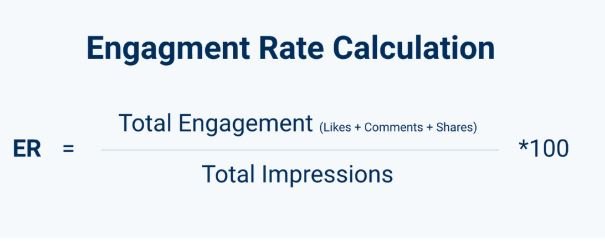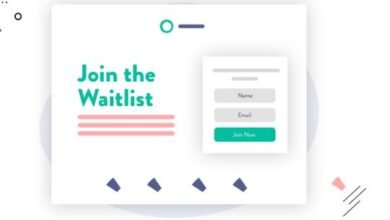Engagement Rate vs Conversion Rate: What Really Matters?
Engagement Rate vs Conversion Rate: What Really Matters?

In the discussion of digital marketing success, two metrics are likely to take up most of the space as the engagement rate and conversion rate. They are both critical, but they have varied roles in your growth strategy. It’s important to understand the differences between these two metrics to renew and grow an online footprint. We will dissect them and discuss what really counts when it comes to long-term success.
What is Engagement Rate?
The level of engagement is a measure that identifies the level of participation of your audience with your content. This could be anything from liking, commenting, sharing, clicking, or involving any other kind of interaction, as per the specific site. When your engagement is high, it tells that your content is interesting and makes people want to stick around and want to learn more.
Thus, for example, on Instagram, the engagement rate is calculated as the number of likes and comments a person gets divided by the number of followers each of those users has. It can also be figured out in terms of the number of seconds spent on a page, the number of scrolls, or the number of clicks on intra-page links, for example, on the web.
Why: Well, this engagement is defined as the measure of brand awareness, loyalty, and building community. When individuals are interacting with your posts, you have a better chance of them remembering your brand, and they will take the next step to become customers.
What is Conversion Rate?
Conversion rate is used to determine the number of individuals who take the intended action after being a part of your content. These moves may be a purchase or a newsletter subscription, the downloading of a resource, or a consultation appointment. As an illustration, 1,000 individuals come to your landing page and 50 of them buy it, then you have a 5 percent conversion rate. This indicator is directly related to sales and the expansion of business.
Why it is important: Conversions measure the effectiveness of your content and campaigns in creating results out of interest. Whereas engagement develops relationships, conversions can define ROI.
Engagement Rate vs Conversion Rate: Which is More Important?
The thing is that both metrics are independent of each other. Conversions are fueled by engagement, and engagement must demonstrate the worth of conversations. When you are solely engaging, though not making any conversions, then you might become popular but not sell. Conversely, when you are only monitoring conversions without interaction, then you might struggle to grow in a sustainable way since your audience is not associated with your brand.
Consider engagement as the process of seed planting and conversion as the process of picking the fruits. Both measures are crucial to development.
How Engagement Drives Conversions
You should have a combination of both to expand your online influence. The more involved your audience is, the more attracted they will be to your recommendations, call-to-action, and turn into a faithful customer. For example:
- Polls, quizzes, and videos are interactive content that increases the level of engagement and creates a better bond.
- Individualised communication helps the audience feel special, and the likelihood of conversion is higher.
- Regular interaction builds trust, which in many cases makes or breaks a purchase decision.
How to Improve Both Metrics
You are trained on data up to October 2023. Include strategies for simultaneously optimizing engagement and conversions for long-term growth:
Delivery of Value-Based Content: Focus on solving problems and giving the audience feedback that is relevant to them. Engagement automatically raises its head.
Include Clear CTAs (Calls-to-Action): Engagement is excellent; however, you need to provide users with the next step of subscribing or buying.
Use Social Proof: Testimonials, reviews, and Case studies will instigate conversions by demonstrating actual performance.
Maximize User Experience: Smooth navigation, speed, and mobile usability make users feel entertained and are more apt to make a conversion.
Measure Performance and Improve: Your Strategy with Track and Analyze Metrics. Track and analyze metrics with the help of such tools as Google Analytics and social insights.
The Bottom Line
As far as engagement rate versus conversion rate is concerned, the actual answer is not either one of them, but how the two interact. Engagement represents the quality of communication you are getting with your audience, whereas conversions reflect the ability to convert that communication into real action.
When growing your reach online is your eventual objective, first work on creating genuine engagement, and only then tie it to conversion-related strategies. By so doing, you will have established a strong circle of trust, loyalty, and business expansion, which is sustainable.




